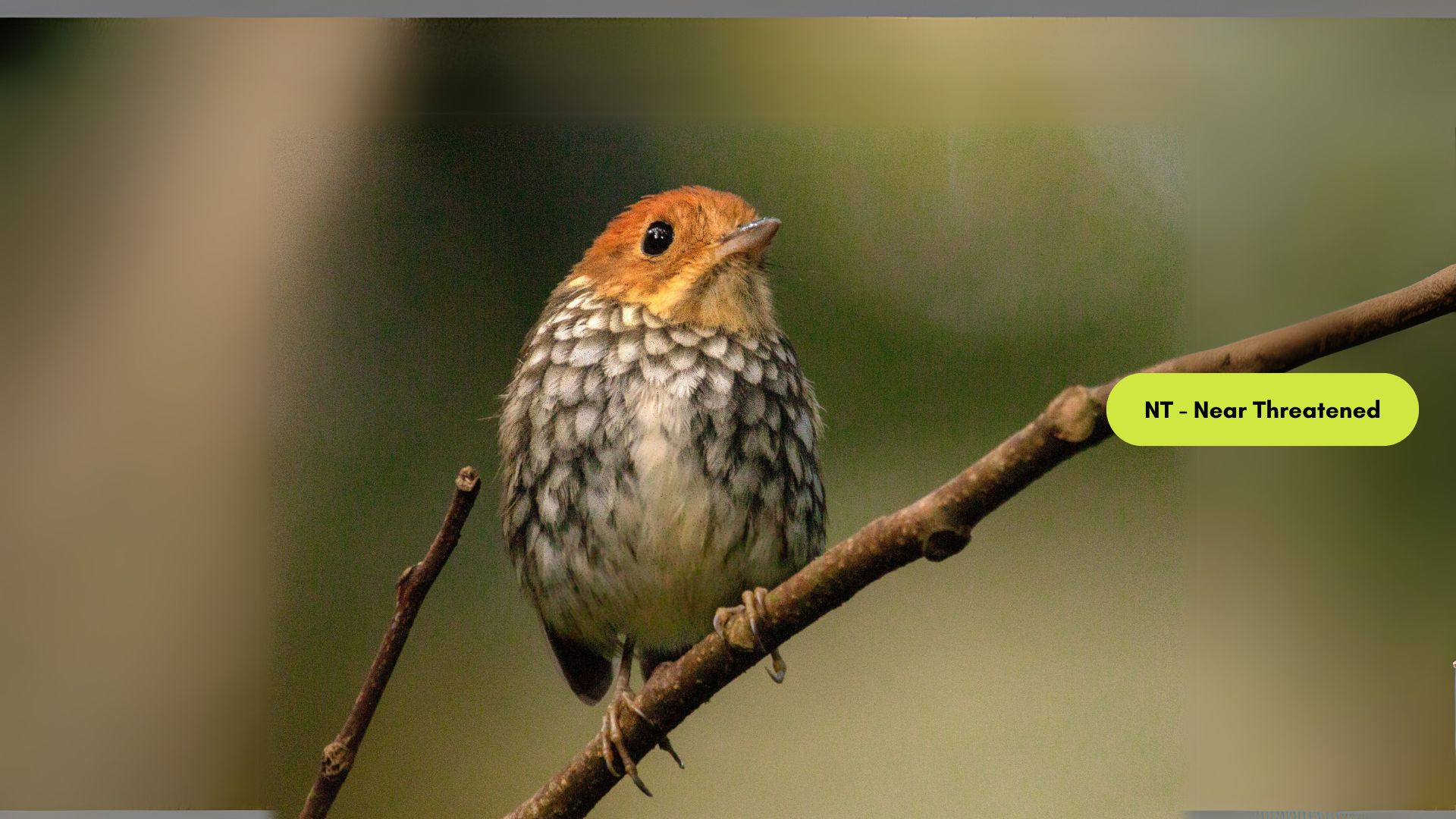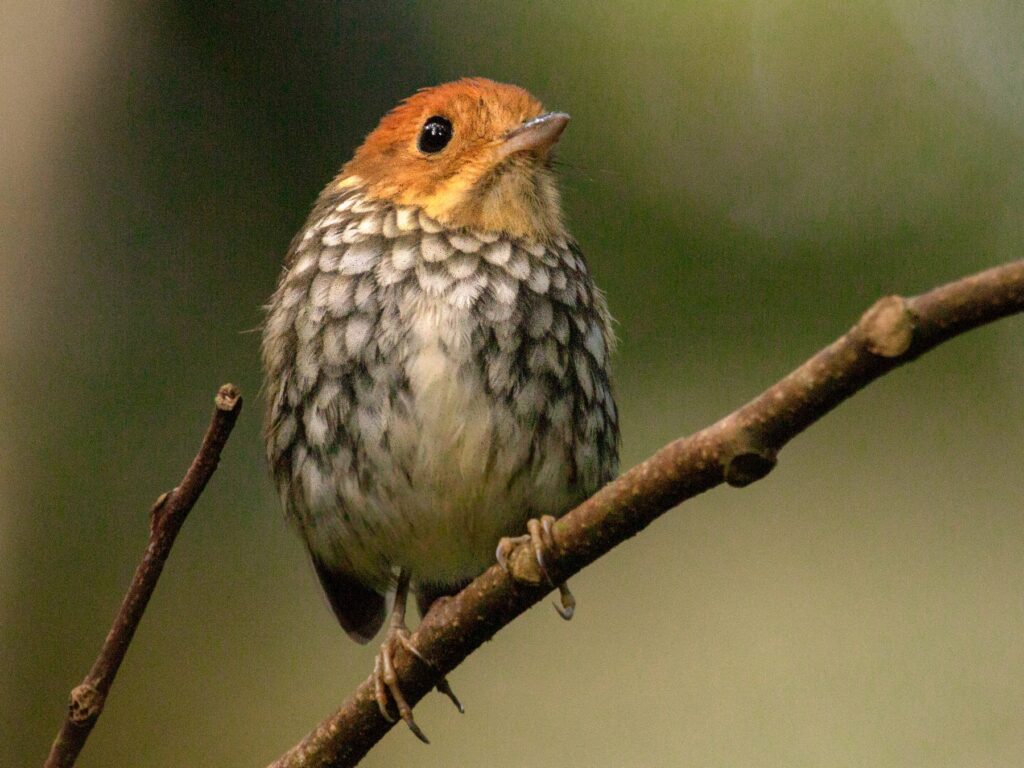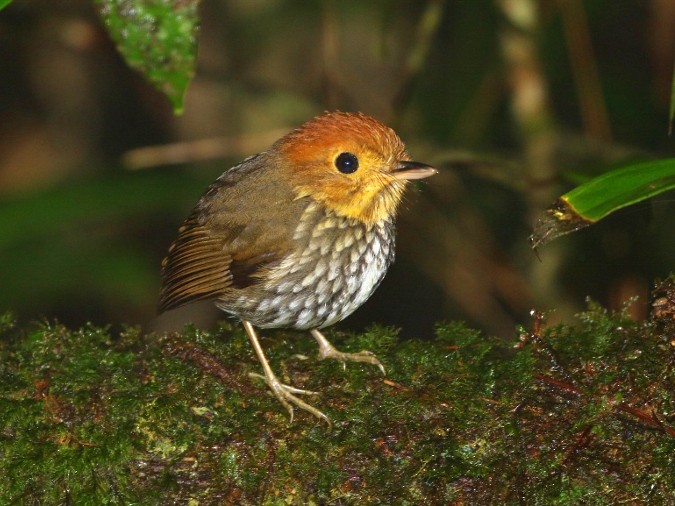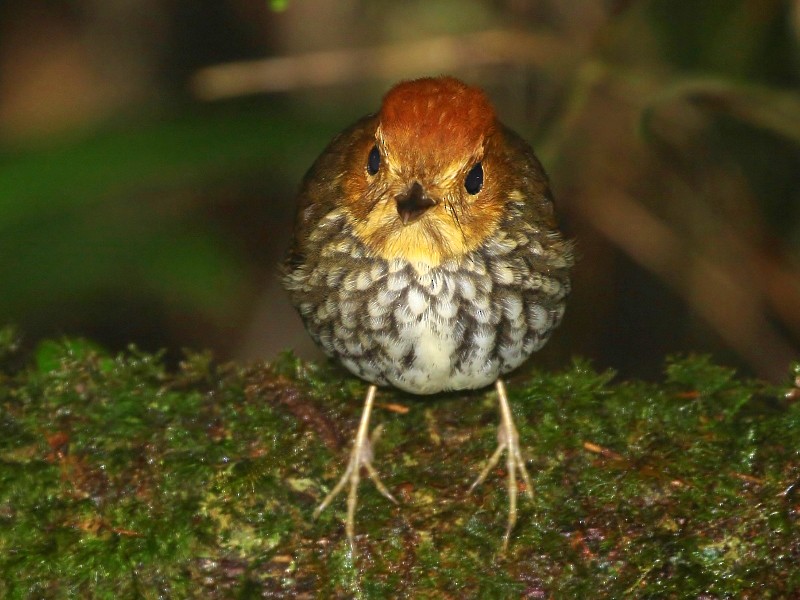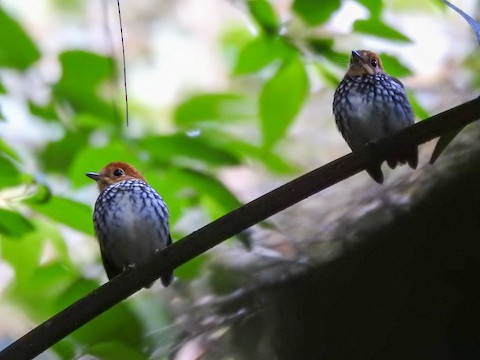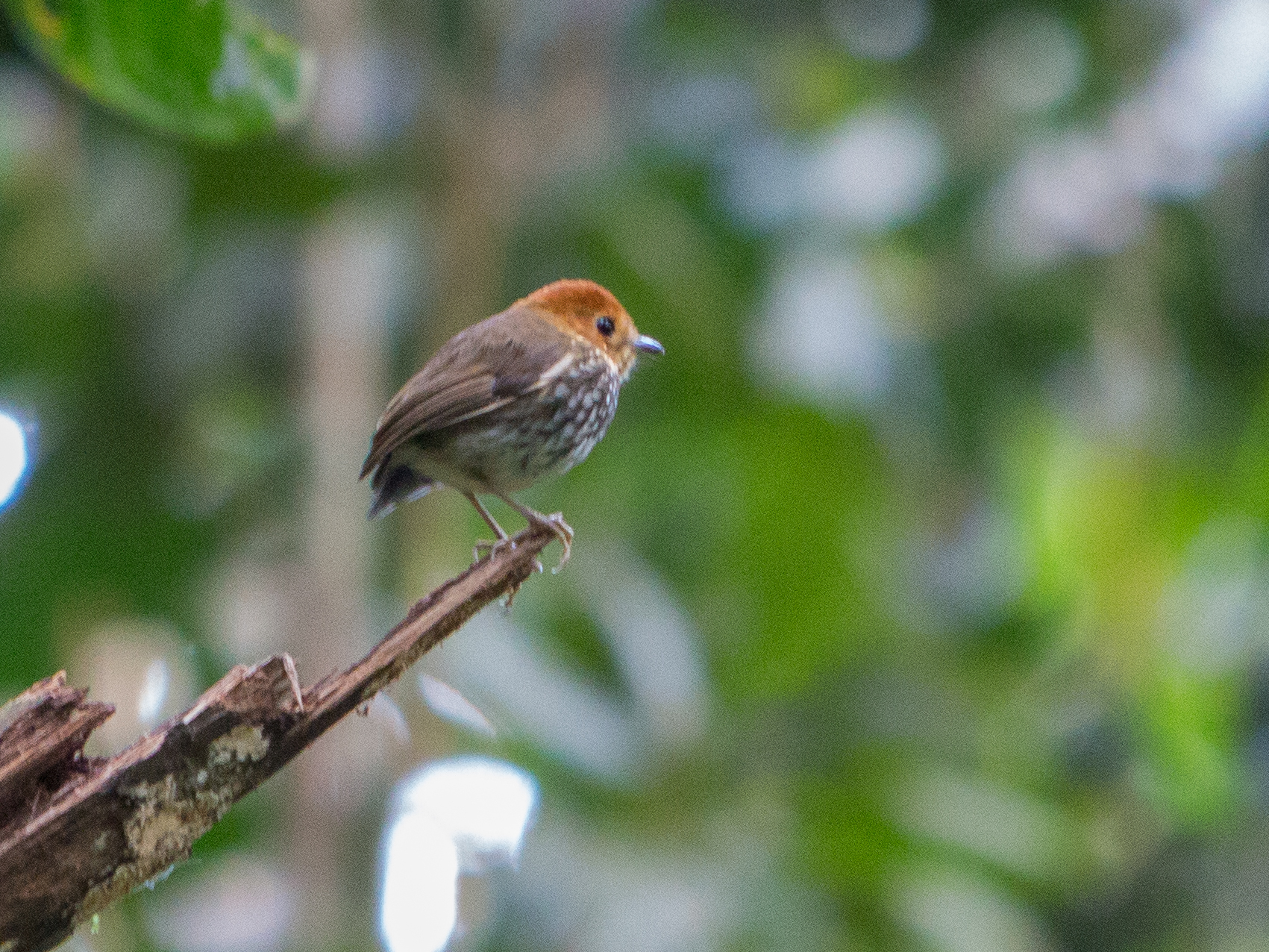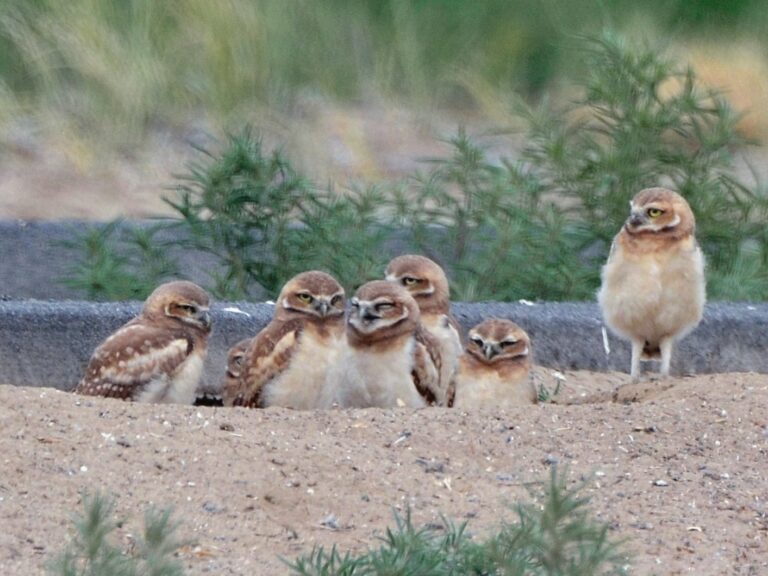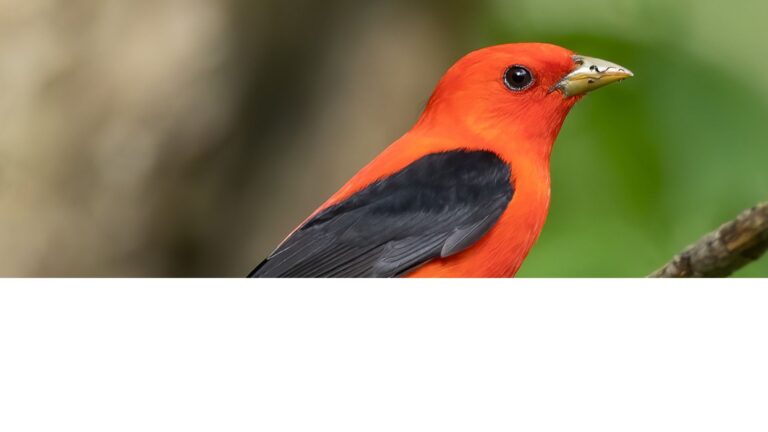Scallop-breasted Antpitta: A Rare Gem of the Andean Cloud Forests
The Scallop-breasted Antpitta is such a fascinating bird—its looks and habits are just wild. You’ll know it right away by those scalloped breast feathers, which somehow manage to pop even in the thickest cloud forest brush.
Besides its striking appearance, this antpitta really matters to the ecosystem. You’ll usually find it scuttling around the underbrush of South America’s cloud forests, playing its part in the whole environmental puzzle.
When you dig into the Scallop-breasted Antpitta’s behavior and diet, you start to see how birds like this adapt in clever ways. Their singing patterns? Pretty varied, and it seems to say a lot about their social lives. Birdwatchers have started to chase sightings of this elusive antpitta, which puts a spotlight on its conservation needs.
Key Takeaways
- The Scallop-breasted Antpitta’s scalloped feathers make it instantly recognizable.
- I mostly find it in South America’s cloud forests.
- Conservation is vital if this bird’s going to stick around.
Sign Up for Our Monthly Newsletter
Every month we send out our newsletter about interesting (and sometimes quirky) things happening in the world of birding. Give it a try!
Taxonomy and Classification
The Scallop-breasted Antpitta fits into a pretty specific spot in bird taxonomy. Its family, genus, and close relatives reveal a lot about where it came from and how it fits in.
Family Grallariidae
This bird belongs to the Grallariidae family—these are the antpittas. The family stands out in the Passeriformes order, thanks to their chunky bodies and preference for tropical forests. Antpittas love to keep a low profile. They’re ground-dwellers, usually sticking to thick, humid habitats, and their voices can be surprisingly loud for such secretive birds.
Genus Grallaricula
Within Grallariidae, the Scallop-breasted Antpitta sits in the Grallaricula genus. These are the smaller antpittas—lots of color variety and some pretty quirky plumage patterns. Species like Grallaricula ferrugineipectus and Grallaricula loricata have those little details that set them apart. The genus itself is pretty adaptable, with each species carving out its own niche along the Andes.
Related Species
The Scallop-breasted Antpitta shares its genus with several relatives, like the Rusty-breasted Antpitta (Grallaricula ferrugineipectus), Ochre-breasted Antpitta (Grallaricula ochraceifrons), and Hooded Antpitta (Grallaricula cucullata).
Each cousin has its own twist—different calls, slightly different colors, and subtle differences that keep ornithologists busy. The Sucre Antpitta and Yellow-billed Antpitta also hang out in similar habitats.
Species Description
Grallaricula loricata, the Scallop-breasted Antpitta, stands out for its coloring and size. You can spot the scalloped breast pattern, which is where its name comes from. It’s a compact bird, about 18 to 20 centimeters long, with a sturdy build. Browns and creams blend into its forest home, and its calls are a key part of how it communicates with others.
If you want to get into the weeds on antpitta taxonomy, the Field Guide to the Songbirds of South America is a solid resource. You can also check out more about the genus in the Grallaricula ochraceifrons documentation.
Physical Characteristics
This small antpitta has some pretty unmistakable features. Its look and size make it a standout in the Grallariidae crowd. Getting to know these traits helps birders and researchers pick it out in the wild.
Plumage and Distinctive Markings
The plumage? Honestly, it’s gorgeous. The upperparts are a deep brown, with little flecks that help it melt into the shadows. Its breast has those cream or pale brown scalloped markings. That’s the signature look right there.
Look closer and you’ll spot a pale streak above the eye, which really gives the face some character. The undertail shows off a bit of rufous, too. All this coloring acts like a natural invisibility cloak, letting it vanish into leaf litter and dim light.
Size and Shape
The Scallop-breasted Antpitta is on the small side, measuring 20 to 24 cm. That’s pretty tiny for an antpitta. It’s got a round, almost plump body and a short tail—classic antpitta shape. The legs are strong, built for pushing through dense undergrowth.
That smaller size helps it dart around while hunting for insects. Birdwatchers seem to love how compact and lively it is. If you want more details about their habitat and quirks, check out this resource.
Distribution and Habitat
This bird’s home turf is in South America. Where it lives and what it needs from its environment are key to understanding its life. Mostly, you’ll find it in cloud forests—those misty, magical places that are just packed with life.
Geographical Range
You can spot the Scallop-breasted Antpitta in Colombia, Ecuador, and Peru. It’s also present in Venezuela and some parts of Bolivian and Colombia, it hangs out in the southern regions, especially around Sucre State. The range stretches into Ecuador, where the bird finds similar forests. This distribution shows just how much it relies on diverse, lush habitats.
Preferred Ecosystems
Cloud forests are where this species feels at home. These forests are always damp, with thick mist and a wild mix of plants and animals.
The Scallop-breasted Antpitta loves dense underbrush for both foraging and nesting. All that tangled growth keeps it safe from predators. It prefers areas with lots of leaf litter, which is perfect for finding insects and other snacks.
Elevation and Environment
You’ll usually find this antpitta above 2,500 meters. High elevations mean cooler weather—just what it likes. The combo of moisture and plant variety at these heights creates a sweet spot for the species. It avoids places with too much human disturbance.
Keeping these habitats intact really matters if we want the Scallop-breasted Antpitta to stick around. If you want to dig deeper, there’s more info about its habitat and behavior.
Behavior and Ecology
The Scallop-breasted Antpitta isn’t just about looks—it’s got some quirky behaviors, too. Its feeding style, vocal habits, and breeding routines all play into its role in the forest.
Feeding Habits
This bird is mostly after insects. It spends its time hopping along the forest floor, poking through leaf litter and undergrowth. Ants, beetles, and other small critters make up the bulk of its diet. The way it forages lets it find things that other birds might overlook.
Early mornings are the best time to catch them in action. They’re way more active then, so your chances of spotting one go way up.
Vocalizations and Communication
Calls are a big deal for these antpittas. Males belt out a repetitive series of notes to mark territory and catch the attention of females. Those notes echo through the thick undergrowth, letting everyone know who’s there. Each antpitta has its own signature call, which is handy for birders trying to ID them by sound.
Breeding and Nesting
They usually breed during the wetter months, timing things so there’s plenty of food for the chicks. The nest sits right on the ground, tucked away in dense foliage for safety. Females usually lay two to four eggs and take their incubation duties seriously.
After the eggs hatch, both parents pitch in to feed and protect the chicks. It’s a tough world out there, so teamwork really matters for these birds. If you’re curious about their vocalizations or want to know more about their nesting, check out these studies on calls and sightings and nesting habits.
Conservation Status – Near Threatened
The Scallop-breasted Antpitta faces some real threats, and its conservation status is a concern. People are working to figure out the best ways to protect this species and its habitat.
Threats Facing the Species
The Scallop-breasted Antpitta faces a handful of threats that keep its numbers dropping. Habitat loss tops the list, mostly because people clear forests for farms and new buildings.
When the trees go, the bird’s world gets chopped up, making it tough to find food or a mate. Climate change isn’t helping either—shifts in rainfall and temperature mess with the already fragile forest environment. Poaching and people moving deeper into the forests add even more pressure on the species. It’s a tough situation, honestly.
IUCN Assessment
The International Union for Conservation of Nature (IUCN) now lists the Scallop-breasted Antpitta as Near Threatened. That means it’s not in the worst shape yet, but it’s getting close.
Habitat loss keeps pushing the species toward a more serious risk category. Researchers need to keep an eye on these birds to track changes and spot new threats. That kind of monitoring helps shape smarter conservation plans. If you want the nitty-gritty, the IUCN assessments break down the numbers and suggest what needs to happen next.
Conservation Efforts
Several conservation efforts focus on giving the Scallop-breasted Antpitta a fighting chance. Reforestation projects aim to rebuild the bird’s home and create safe spots for nesting and feeding. Working with local communities matters too. When folks use land in a sustainable way, it cuts down on habitat destruction.
Awareness campaigns try to get the public on board, explaining why this bird matters and what happens if it disappears. Some partnerships with groups in tropical montane forests help secure funding for long-term plans.
Comparison With Similar Species
The Scallop-breasted Antpitta shares its turf with a bunch of similar birds. You’ll find the Speckle-breasted Antpitta, Creamy-breasted Canastero, Freckle-breasted Thornbird, and Plain-breasted Earthcreeper in the same regions. Each one has its own quirks, so telling them apart isn’t impossible if you know what to look for.
Distinguishing Features
The Scallop-breasted Antpitta stands out with its scalloped breast pattern. The Speckle-breasted Antpitta has heavier speckling, making it look a bit busier up front. The Freckle-breasted Thornbird looks similar but its breast markings aren’t as clear. The Creamy-breasted Canastero has a paler belly and a noticeably different body shape.
You can usually spot the Plain-breasted Earthcreeper by its long body and plain chest—no fancy markings there.
Range Overlaps
The Scallop-breasted Antpitta mostly sticks to the montane forests of Colombia and a bit of Ecuador. The Speckle-breasted Antpitta likes the same kind of forest, so you’ll sometimes see both in the same place.
The Freckle-breasted Thornbird hangs around lower elevations, so it doesn’t bump into the Scallop-breasted as much. The Creamy-breasted Canastero prefers open areas, which means less direct competition for space.
Ecological Differences
These birds fill different roles in their environment. The Scallop-breasted Antpitta mostly eats insects it finds on the ground. The Freckle-breasted Thornbird isn’t picky—it’ll eat seeds and berries too. The Creamy-breasted Canastero does well in grasslands, snapping up insects and little invertebrates.
The Plain-breasted Earthcreeper prefers dry, open spots and digs around for bugs in the soil. All these menu choices show how each bird carves out its own niche, even when they live near each other.
Frequently Asked Questions
Let’s get into some common questions about the Scallop-breasted Antpitta. Folks often ask about its calls, how it stacks up against other Grallaria species, and what separates the males from the females. People also wonder about its ecological role and how it compares to birds living in similar habitats.
What distinctive vocal patterns are observed in the Scallop-breasted Antpitta?
This bird’s call is pretty recognizable—a string of soft, melodic notes. You’ll often hear these sounds during mating season or when they’re staking out territory. Listening in on their calls can actually reveal a lot about what’s going on in their world.
How does the Scallop-breasted Antpitta differ from other members of the Grallaria genus?
Within the Grallaria family, the Scallop-breasted Antpitta stands out thanks to its unique plumage and its love of cloud forests. Other antpittas might show up in all sorts of places, but this one seems to stick to misty, high-up woods. Those adaptations really set it apart from its relatives.
What are the notable differences between male and female Scallop-breasted Antpittas?
Males usually look brighter, with more vivid feathers, while females keep things a bit more muted. These color differences come in handy for birders trying to tell them apart in the field.
What ecological niche does the Crescent-faced Antpitta occupy, and how does it relate to the Scallop-breasted Antpitta?
The Crescent-faced Antpitta fills a similar role and likes the same kind of dense, damp forests as the Scallop-breasted Antpitta. Both birds face the same dangers, especially when forests disappear. Understanding how these two interact can give conservationists a leg up.
How does the Peruvian Antpitta’s habitat and behavior compare to that of the Scallop-breasted Antpitta?
The Peruvian Antpitta usually sticks to lower elevations than the Scallop-breasted. Both like forests, but the Peruvian has its own quirks, especially when it comes to finding food. Those little differences actually shape how each bird survives out there.
What adaptive features contribute to the Hooded Antpitta’s survival, and are they shared with the Scallop-breasted Antpitta?
The Hooded Antpitta shows off a handful of adaptive traits, like clever camouflage and unique foraging habits. Some of these tricks turn up in the Scallop-breasted Antpitta too, which helps both birds get by in their own corners of the world.
